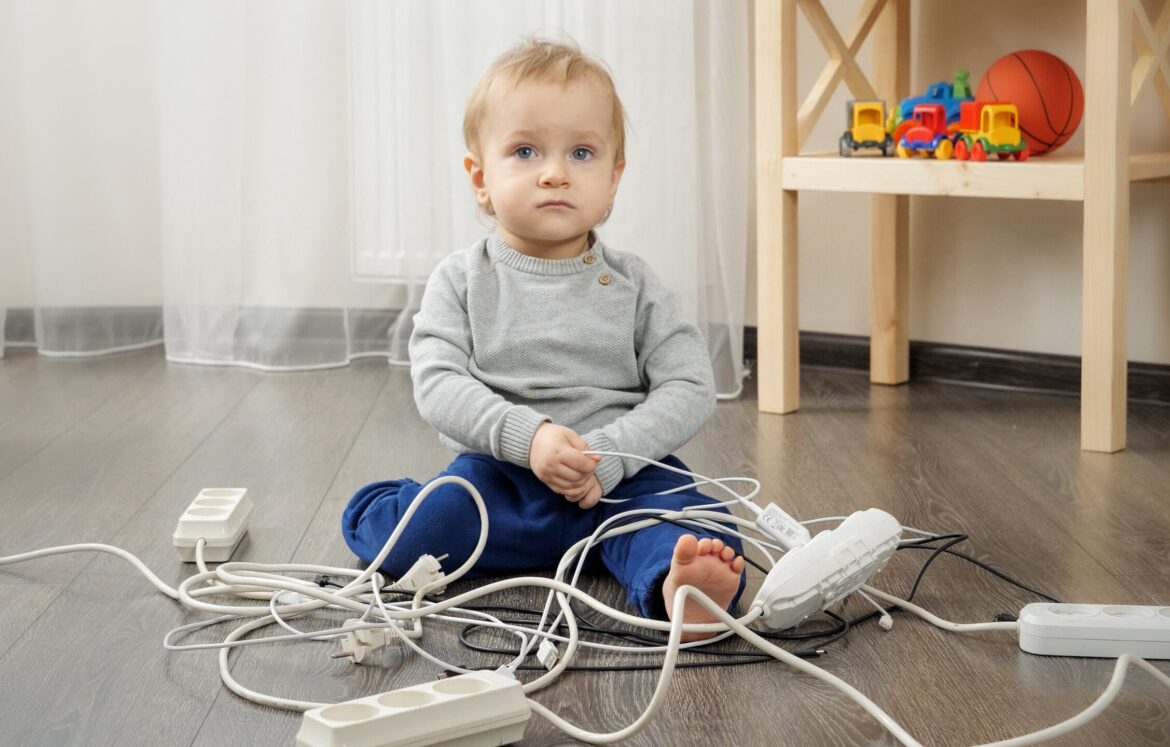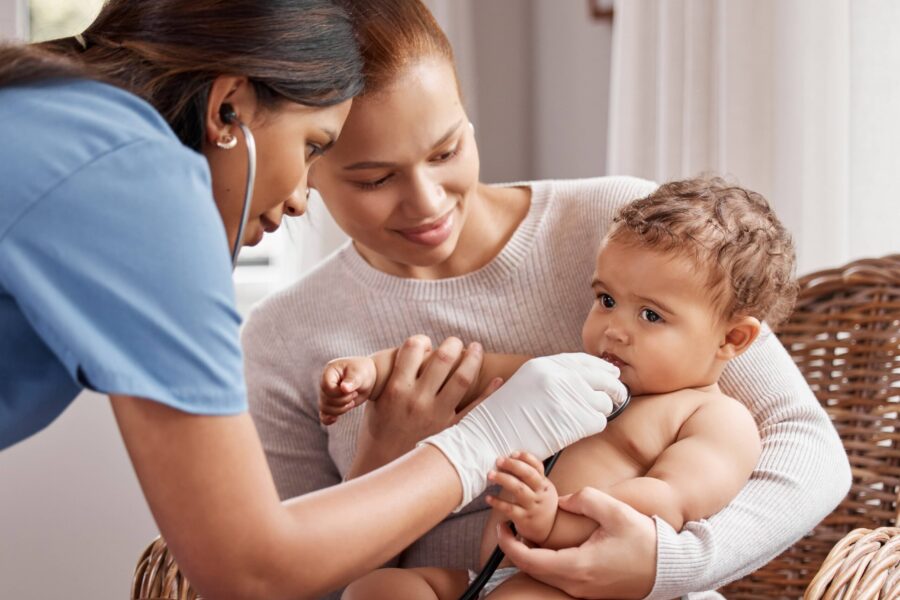How to Babyproof Your Home & Car: A Complete Guide

How to Babyproof Your Home & Car: A Complete Guide
Bringing a baby home is an exciting milestone, but it also introduces new safety concerns. Babies are naturally curious and eager to explore, which means that everyday objects can become potential hazards. Babyproofing your home and car ensures your little one stays safe while they grow and discover the world around them.
In this comprehensive guide, we’ll walk you through essential babyproofing steps, covering everything from securing furniture to ensuring car seat safety.
Babyproofing Your Home
1. Securing Furniture and Heavy Items
Babies love to pull themselves up on furniture, which can lead to dangerous tipping accidents. Follow these steps to secure your furniture:
- Anchor heavy furniture like bookshelves, dressers, and TV stands to the wall using safety straps.
- Use corner protectors on sharp furniture edges to prevent injuries.
- Secure televisions by mounting them to the wall or using anti-tip straps.
Related Read: Tummy Time: Why It’s Important & How to Make It Fun
2. Electrical and Small Object Safety
- Cover all electrical outlets with safety plugs.
- Keep small objects like coins, batteries, and buttons out of reach to prevent choking hazards.
- Bundle and secure loose cords using cord organizers or covers.
Here is the safety guide to keep your children safe.
3. Kitchen and Bathroom Safety
The kitchen and bathroom contain many hazards, including sharp objects, hot surfaces, and cleaning supplies.
- Install cabinet locks to keep babies from accessing harmful items.
- Store cleaning supplies and detergents on high shelves or locked cabinets.
- Use stove knob covers and keep pots on the back burners to prevent burns.
- Set water heater temperature to 120°F (49°C) to prevent accidental scalding.
Learn here about preventing scald burns.
4. Babyproofing the Nursery
Your baby’s nursery should be a safe and cozy environment:
- Use a crib with firm mattress and fitted sheets.
- Keep pillows, blankets, and stuffed animals out of the crib to prevent suffocation risks.
- Use cordless blinds or secure blind cords with safety devices.
- Ensure changing tables have safety straps and are placed away from windows.
Related Read: When Will My Baby Start Crawling & Walking?
5. Preventing Falls and Access to Dangerous Areas
- Install safety gates at the top and bottom of stairs.
- Keep balconies and windows locked or use window guards.
- Place non-slip mats in bathrooms and under rugs.
For more expert advice on childproofing and fall prevention, visit the National Safety Council’s home safety page.
Babyproofing Your Car
1. Car Seat Safety
A properly installed car seat is the most critical aspect of car safety for your baby.
- Use a rear-facing car seat until at least age 2.
- Install the car seat in the back seat, away from airbags.
- Ensure the car seat is installed at the correct recline angle to support your baby’s head.
- Regularly check the harness straps for a snug fit.
For a step-by-step guide on proper car seat installation and the latest safety regulations, visit NHTSA’s Car Seat Safety Guidelines.
2. Keeping the Car Clean and Free of Hazards
- Secure loose items like toys, water bottles, and groceries to prevent them from becoming projectiles in case of a sudden stop.
- Keep small objects out of reach to prevent choking hazards.
- Regularly vacuum the car to remove crumbs and debris that could attract pests.
3. Preventing Overheating and Sun Exposure
- Never leave your baby unattended in the car, even for a few minutes.
- Use window shades to block direct sunlight.
- Ensure the car has proper ventilation or cooling on hot days.
4. Emergency Preparedness
Always have an emergency kit in your car containing:
- First aid supplies (bandages, antiseptic wipes, baby pain reliever)
- Extra diapers and wipes
- Non-perishable snacks and water
- A spare set of clothes and blankets
Final Thoughts
Babyproofing your home and car is an ongoing process as your child grows and becomes more mobile. Taking these precautions ensures a safer environment, giving you peace of mind while your little one explores the world.
By following these steps, you can create a secure space for your baby to thrive, both at home and on the go.







